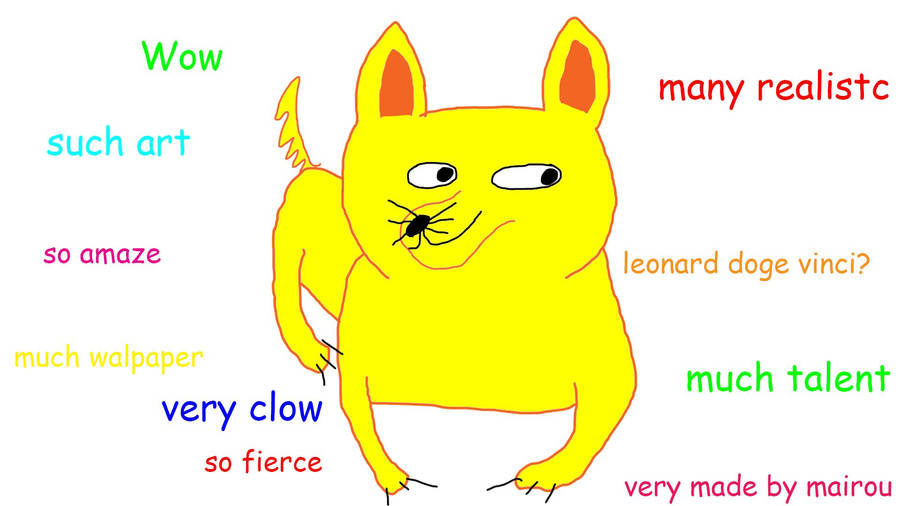How does understanding how children use the Social Web prepare us for our instruction in the classroom?
After watching the PBS Frontline special Generation Like I better realized just how connected and dependent much of the student population is even at a young age. If they search for something on Youtube, Twitter, Tumblr, or other social media sites they will find it, for better or for worse and that is both exciting and terrifying. I think in order to prepare instruction for this is to be aware of the digital media and learn how to navigate some aspects of it on your own. One possibility I thought of from this was to make a classroom YouTube where projects, presentations, extra credit challenges, group work, and classwork can be uploaded, shared, and liked. Find and recommend safe, interesting, and curriculum relevant videos for students to watch, respond to, and share within the classroom setting. Making class and school bulletin boards look like some of the commonly uses sites, red and white for Pinterest and YouTube, blue and white for Facebook, Tumblr, and Twitter.
In the blog articles The Pursuit of Likes by Katelyn Hawkes and The Pursuit of Likes by Be Bona Fide, both published this year, the bloggers write about the ideal self that is pursued through social media. Katelyn Hawkes writes about what traits and personas people build and try to maintain while often times forgetting the need to build and appreciate one’s self in real time not digital time. Be Bona Fide’s blog post was about the self-confidence crippling and dependence that can be formed through social media, that there is an overabundance or lacking of a certain something that keeps you from happiness and acceptance. The Be Bona Fide blogger writes about her struggle with personal appearance and how complements and praise from social media was a quick high it left her craving and even doubting that she deserved more or any of it.
I think it is important for educators to be aware of the dependence many students have upon social media to feel connected and worthy. I worry about students blurred concepts of fame and infamy but that is a discussion for another time. The tools students use in their social time can also be used to help better their educational experience; instead of text from superheroes why not make a class project be text from historical figures that summarize historical events, or a math scavenger hunt that individuals or groups of students can do about geometric angles and shapes that they need to record and load to a class YouTube or share with the class, have the class follow and Tweet an author or scientist and see if you get a response or retweet. The important thing I learned from watching Generation Like is that students want, need, and feel that they have the right to digital media and its connectivity and outlet for self-expression. I will be a lot-a-bit over my head my first year of teaching but I hope to pull in social media in small ways and work with teachers, students, and other resources to connect learning to students and students to learning in contemporary and digital ways.
http://www.bbonafide.com/blog/2016/3/24/the-desperate-pursuit
https://katelynhawkes.wordpress.com/2016/05/09/the-pursuit-of-likes/
